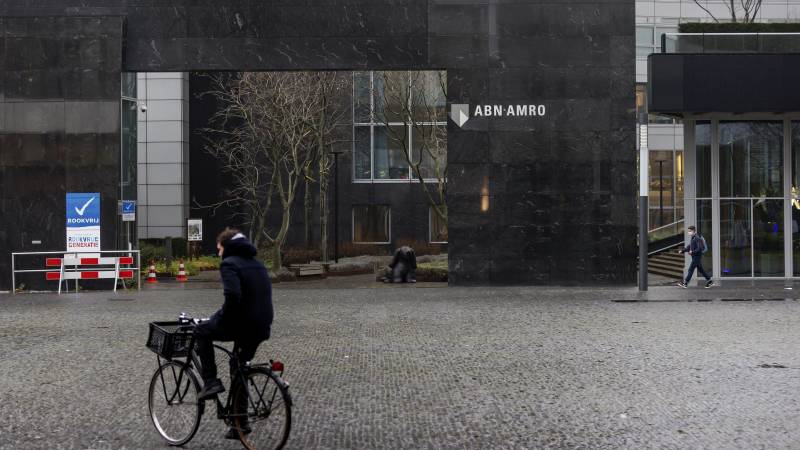At least fifty farms that worked with the enslaved received a loan from Hope & Co, with the enslaved as collateral. “These lists contain estimates of how much each person is worth, by name and surname,” says researcher Pippen Brandon of IISH. “A man who had been enslaved with special training entered the accounts in a very large amount. But some people were portrayed as ‘worthless’: old or wounded.”
According to the researchers, Hope & Co certainly participated in the farms themselves. “They weren’t remote investors, but they were informed broadly,” says Brandon. “Sometimes the company wanted to move the enslaved farm owner to another farm to increase profits. As a result, families were torn apart.”
The movements encountered great resistance from the enslaved. In one case, a Hope & Co ranch owner was told that these steps are difficult to make. However, he had to pass it by the financier.
Henry Hope, one of the founders of Hope & Co, built the Welgelegen Pavilion at the end of the 18th century, which now houses the Regional House. It was during the time that he made a lot of money from slavery.







